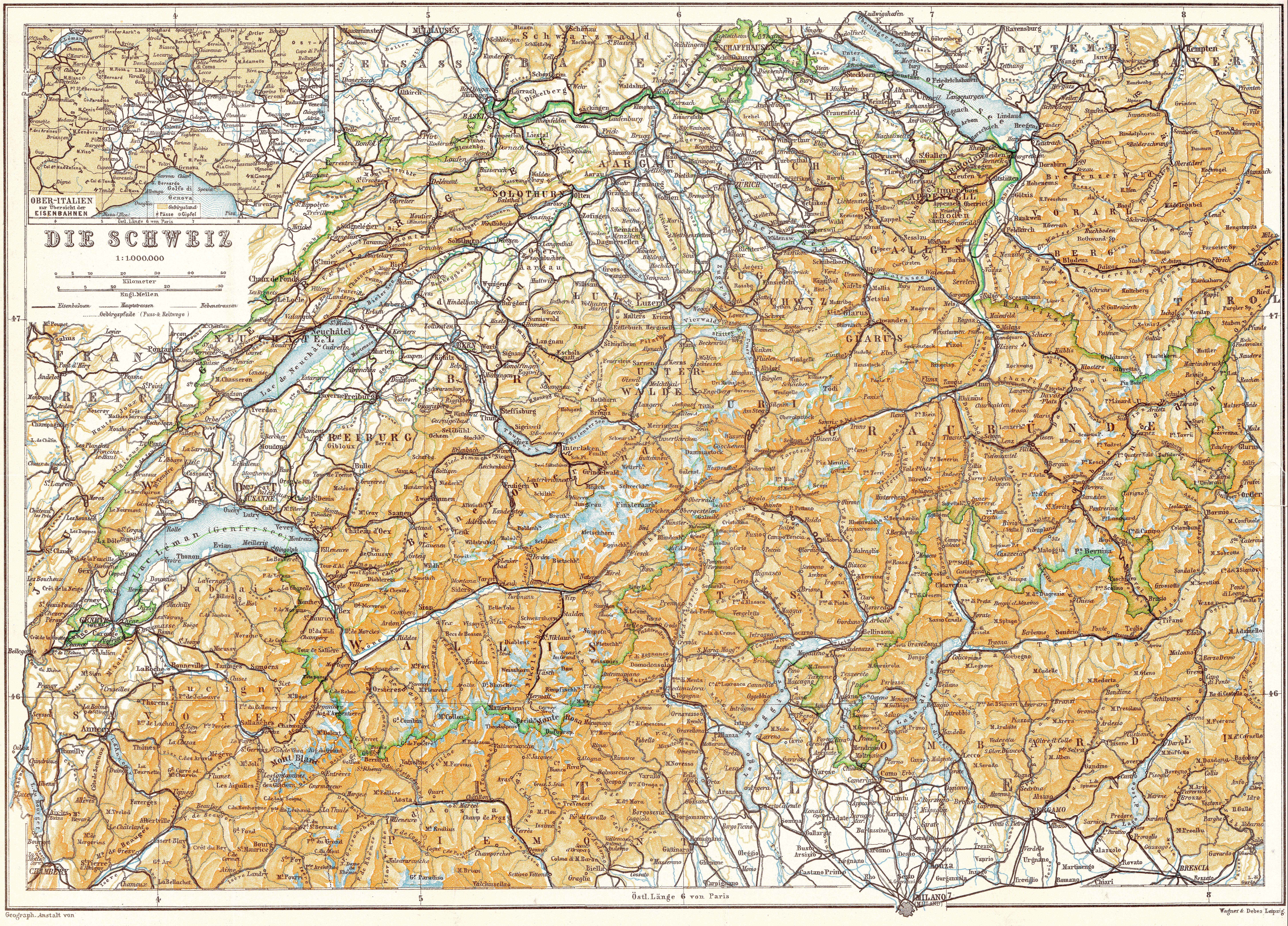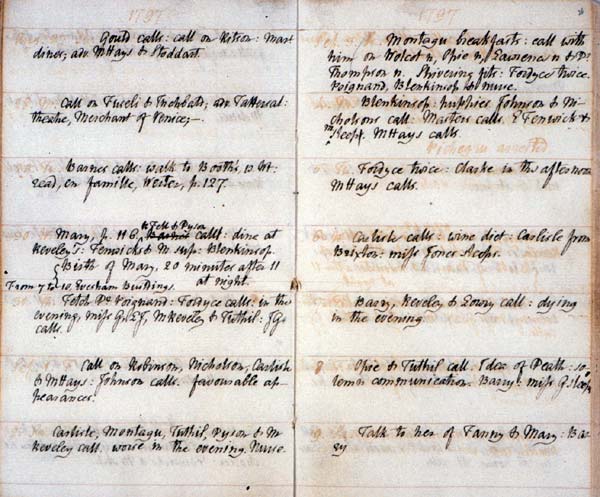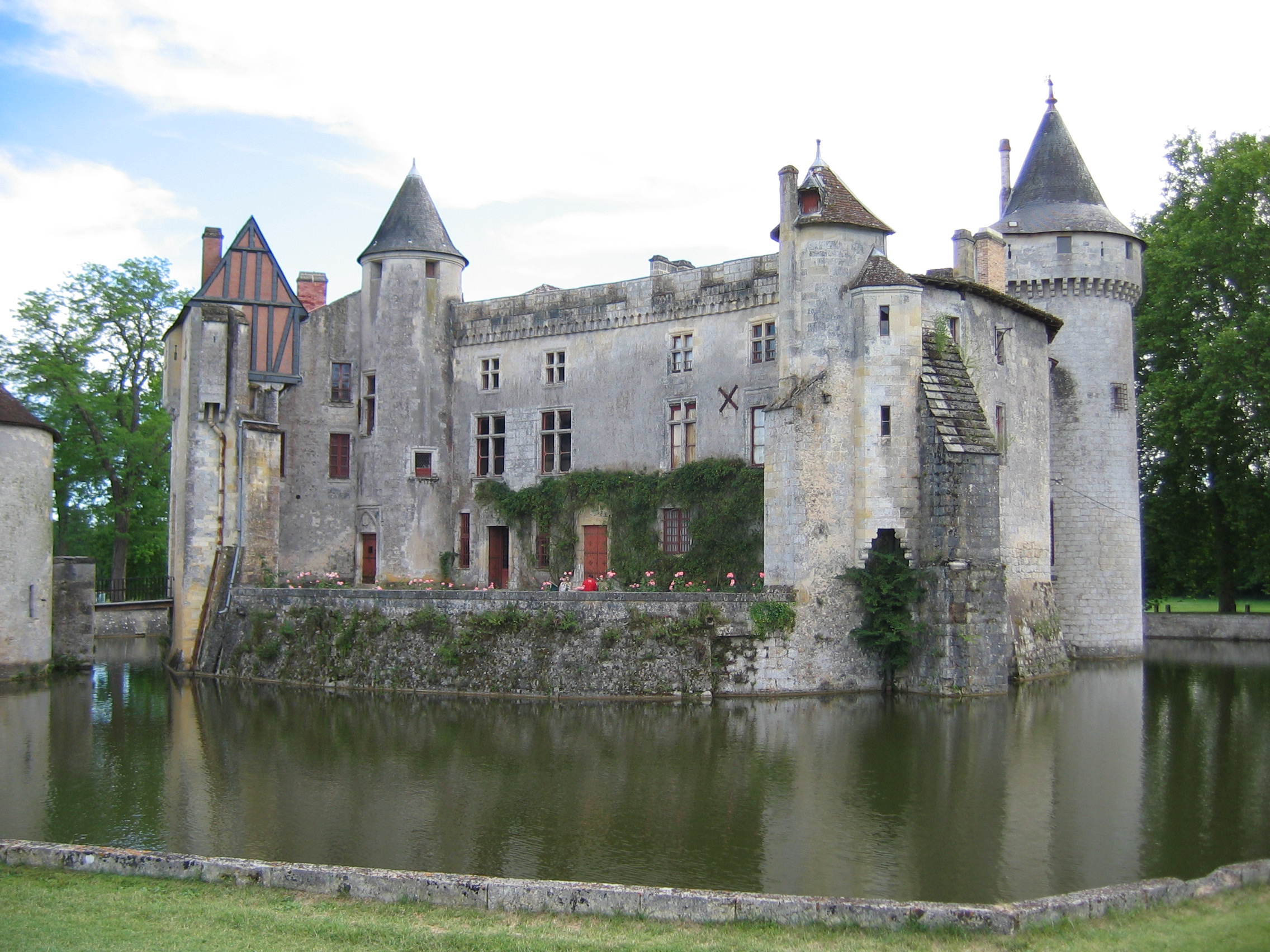|
Grotta Del Cane
The Cave of Dogs (Italian: ''Grotta del Cane'') is a cave near Naples, Italy. Volcanic gases seeping into the cave give the air inside a high concentration of carbon dioxide. Dogs held inside would faint; at one time this was a tourist attraction. Description The Cave of Dogs (Italian: ''Grotta del Cane'', literally "Cave of the Dog")) is a cave about ten metres deep on the eastern side of the Phlegraean Fields near Pozzuoli, Naples. Inside the cave is a fumarole that releases carbon dioxide of volcanic origin. The cave is thought to have been constructed in classical antiquity, possibly as a sudatorium; if so, the CO emissions must have been much lower at the time. It may have been known to Pliny the Elder, who, in his '' Natural History'' (written 77-79 AD), mentions a location near Pozzuoli where animals die from poisonous fumes. However, the first unambiguous reports about the cave only appear in the 16th century. It was a tourist attraction for travelers on the Grand T ... [...More Info...] [...Related Items...] OR: [Wikipedia] [Google] [Baidu] |
Lake Agnano
__NOTOC__ Lago di Agnano or Lake Agnano was a circular lake, some 6½ km in circumference, which occupied the crater of the extinct volcano of Agnano 8 km west of Naples, Italy. It was apparently not formed until the Middle Ages, as it is not mentioned by ancient writers; it was drained in 1870. On the south bank are the Stufe di San Germano, natural sulphureous vapor baths, and close by is the Grotta del Cane. From the floor of this cave warm carbonic acid gas constantly rises to a height of : the fumes render a dog insensible in a few seconds. Remains of an extensive Roman building and some statues have been discovered close by. References ;Attribution Former lakes of Italy Volcanic crater lakes Lakes of Campania {{Campania-geo-stub ... [...More Info...] [...Related Items...] OR: [Wikipedia] [Google] [Baidu] |
Baedeker
Verlag Karl Baedeker, founded by Karl Baedeker on July 1, 1827, is a German publisher and pioneer in the business of worldwide travel guides. The guides, often referred to simply as " Baedekers" (a term sometimes used to refer to similar works from other publishers, or travel guides in general), contain, among other things, maps and introductions; information about routes and travel facilities; and descriptions of noteworthy buildings, sights, attractions and museums, written by specialists. History (1827−1948) Karl Baedeker 1827−1859: Karl Baedeker (1801-1859) descended from a long line of printers, booksellers and publishers from Essen. He was the eldest of ten children of Gottschalk Diederich Bädeker (1778–1841), who had inherited the publishing house founded by his own father, Zacharias Gerhard Bädeker (1750–1800). The company also published the local newspaper, the '' Essendische Zeitung'', and the family expected that Karl, too, would eventually join the firm. Karl ... [...More Info...] [...Related Items...] OR: [Wikipedia] [Google] [Baidu] |
Paraffin Young
James Young FRS FRSE FCS DL LLD (13 July 1811 – 13 May 1883) was a Scottish chemist best known for his method of distilling paraffin from coal and oil shales. He is often referred to as Paraffin Young. Life James Young was born in Shuttle Street in the Drygate area of Glasgow, the son of John Young, a cabinetmaker and joiner, and his wife Jean Wilson. He became his father's apprentice at an early age , but educated himself at night school, attending evening classes in Chemistry at the nearby Anderson's College (now Strathclyde University) from the age of 19. At Anderson's College he met Thomas Graham, who had just been appointed as a lecturer on chemistry. In 1831 Young was appointed as Graham's assistant and occasionally took some of his lectures. While at Anderson's College he also met and befriended the explorer David Livingstone; this friendship continued until Livingstone's death in Africa many years later. On 21 August 1838 he married Mary Young of Paisley mi ... [...More Info...] [...Related Items...] OR: [Wikipedia] [Google] [Baidu] |
Ralph Waldo Emerson
Ralph Waldo Emerson (May 25, 1803April 27, 1882), who went by his middle name Waldo, was an American essayist, lecturer, philosopher, abolitionist, and poet who led the transcendentalist movement of the mid-19th century. He was seen as a champion of individualism and a prescient critic of the countervailing pressures of society, and his ideology was disseminated through dozens of published essays and more than 1,500 public lectures across the United States. Emerson gradually moved away from the religious and social beliefs of his contemporaries, formulating and expressing the philosophy of transcendentalism in his 1836 essay "Nature". Following this work, he gave a speech entitled "The American Scholar" in 1837, which Oliver Wendell Holmes Sr. considered to be America's "intellectual Declaration of Independence."Richardson, p. 263. Emerson wrote most of his important essays as lectures first and then revised them for print. His first two collections of essays, '' Essays: Firs ... [...More Info...] [...Related Items...] OR: [Wikipedia] [Google] [Baidu] |
Mary Shelley
Mary Wollstonecraft Shelley (; ; 30 August 1797 – 1 February 1851) was an English novelist who wrote the Gothic fiction, Gothic novel ''Frankenstein, Frankenstein; or, The Modern Prometheus'' (1818), which is considered an History of science fiction#Shelley and Europe in the early 19th century, early example of science fiction. She also edited and promoted the works of her husband, the Romantic poet and philosopher Percy Bysshe Shelley. Her father was the political philosopher William Godwin and her mother was the philosopher and women's rights advocate Mary Wollstonecraft. Mary's mother died less than a fortnight after giving birth to her. She was raised by her father, who provided her with a rich if informal education, encouraging her to adhere to his own anarchist political theories. When she was four, her father married a neighbour, Mary Jane Clairmont, with whom Mary came to have a troubled relationship. In 1814, Mary began a romance with one of her father's politica ... [...More Info...] [...Related Items...] OR: [Wikipedia] [Google] [Baidu] |
Percy Bysshe Shelley
Percy Bysshe Shelley ( ; 4 August 17928 July 1822) was one of the major English Romantic poets. A radical in his poetry as well as in his political and social views, Shelley did not achieve fame during his lifetime, but recognition of his achievements in poetry grew steadily following his death and he became an important influence on subsequent generations of poets including Robert Browning, Algernon Charles Swinburne, Thomas Hardy, and W. B. Yeats. American literary critic Harold Bloom describes him as "a superb craftsman, a lyric poet without rival, and surely one of the most advanced sceptical intellects ever to write a poem." Shelly's reputation fluctuated during the 20th century, but in recent decades he has achieved increasing critical acclaim for the sweeping momentum of his poetic imagery, his mastery of genres and verse forms, and the complex interplay of sceptical, idealist, and materialist ideas in his work. Among his best-known works are "Ozymandias" (1818), "Ode ... [...More Info...] [...Related Items...] OR: [Wikipedia] [Google] [Baidu] |
Washington Irving
Washington Irving (April 3, 1783 – November 28, 1859) was an American short-story writer, essayist, biographer, historian, and diplomat of the early 19th century. He is best known for his short stories "Rip Van Winkle" (1819) and " The Legend of Sleepy Hollow" (1820), both of which appear in his collection ''The Sketch Book of Geoffrey Crayon, Gent.'' His historical works include biographies of Oliver Goldsmith, Muhammad and George Washington, as well as several histories of 15th-century Spain that deal with subjects such as Alhambra, Christopher Columbus and the Moors. Irving served as American ambassador to Spain in the 1840s. Born and raised in Manhattan to a merchant family, Irving made his literary debut in 1802 with a series of observational letters to the ''Morning Chronicle'', written under the pseudonym Jonathan Oldstyle. He temporarily moved to England for the family business in 1815 where he achieved fame with the publication of ''The Sketch Book of Geoffrey Cr ... [...More Info...] [...Related Items...] OR: [Wikipedia] [Google] [Baidu] |
Mark Twain
Samuel Langhorne Clemens (November 30, 1835 – April 21, 1910), known by his pen name Mark Twain, was an American writer, humorist, entrepreneur, publisher, and lecturer. He was praised as the "greatest humorist the United States has produced", and William Faulkner called him "the father of American literature". His novels include ''The Adventures of Tom Sawyer'' (1876) and its sequel, ''Adventures of Huckleberry Finn'' (1884), the latter of which has often been called the " Great American Novel". Twain also wrote ''A Connecticut Yankee in King Arthur's Court'' (1889) and '' Pudd'nhead Wilson'' (1894), and co-wrote The Gilded Age: A Tale of Today (1873) with Charles Dudley Warner. Twain was raised in Hannibal, Missouri, which later provided the setting for ''Tom Sawyer'' and ''Huckleberry Finn''. He served an apprenticeship with a printer and then worked as a typesetter, contributing articles to the newspaper of his older brother Orion Clemens. He later became a river ... [...More Info...] [...Related Items...] OR: [Wikipedia] [Google] [Baidu] |
Alexandre Dumas Père
Alexandre Dumas (, ; ; born Dumas Davy de la Pailleterie (), 24 July 1802 – 5 December 1870), also known as Alexandre Dumas père (where '' '' is French for 'father', to distinguish him from his son Alexandre Dumas fils), was a French writer. His works have been translated into many languages and he is one of the most widely read French authors. Many of his historical novels of adventure were originally published as serials, including ''The Count of Monte Cristo'', ''The Three Musketeers'', ''Twenty Years After'' and '' The Vicomte of Bragelonne: Ten Years Later''. His novels have been adapted since the early twentieth century into nearly 200 films. Prolific in several genres, Dumas began his career by writing plays, which were successfully produced from the first. He also wrote numerous magazine articles and travel books; his published works totalled 100,000 pages. In the 1840s, Dumas founded the Théâtre Historique in Paris. His father, General Thomas-Alexandre Dumas Da ... [...More Info...] [...Related Items...] OR: [Wikipedia] [Google] [Baidu] |
Montesquieu
Charles Louis de Secondat, Baron de La Brède et de Montesquieu (; ; 18 January 168910 February 1755), generally referred to as simply Montesquieu, was a French judge, man of letters, historian, and political philosopher. He is the principal source of the theory of separation of powers, which is implemented in many constitutions throughout the world. He is also known for doing more than any other author to secure the place of the word ''despotism'' in the political lexicon.. His anonymously published ''The Spirit of Law'' (1748), which was received well in both Great Britain and the American colonies, influenced the Founding Fathers of the United States in drafting the U.S. Constitution. Biography Montesquieu was born at the Château de la Brède in southwest France, south of Bordeaux. His father, Jacques de Secondat (1654–1713), was a soldier with a long noble ancestry, including descent from Richard de la Pole, Yorkist claimant to the English crown. His mother, Marie ... [...More Info...] [...Related Items...] OR: [Wikipedia] [Google] [Baidu] |
John Evelyn
John Evelyn (31 October 162027 February 1706) was an English writer, landowner, gardener, courtier and minor government official, who is now best known as a diarist. He was a founding Fellow of the Royal Society. John Evelyn's diary, or memoir, spanned the period of his adult life from 1640, when he was a student, to 1706, the year he died. He did not write daily at all times. The many volumes provide insight into life and events at a time before regular magazines or newspapers were published, making diaries of greater interest to modern historians than such works might have been at later periods. Evelyn's work covers art, culture and politics, including the execution of Charles I, Oliver Cromwell's rise and eventual natural death, the last Great Plague of London, and the Great Fire of London in 1666. ''John Evelyn's Diary'' was first published posthumously in 1818, but over the years was overshadowed by that of Samuel Pepys. Pepys wrote a different kind of diary, in the sam ... [...More Info...] [...Related Items...] OR: [Wikipedia] [Google] [Baidu] |










